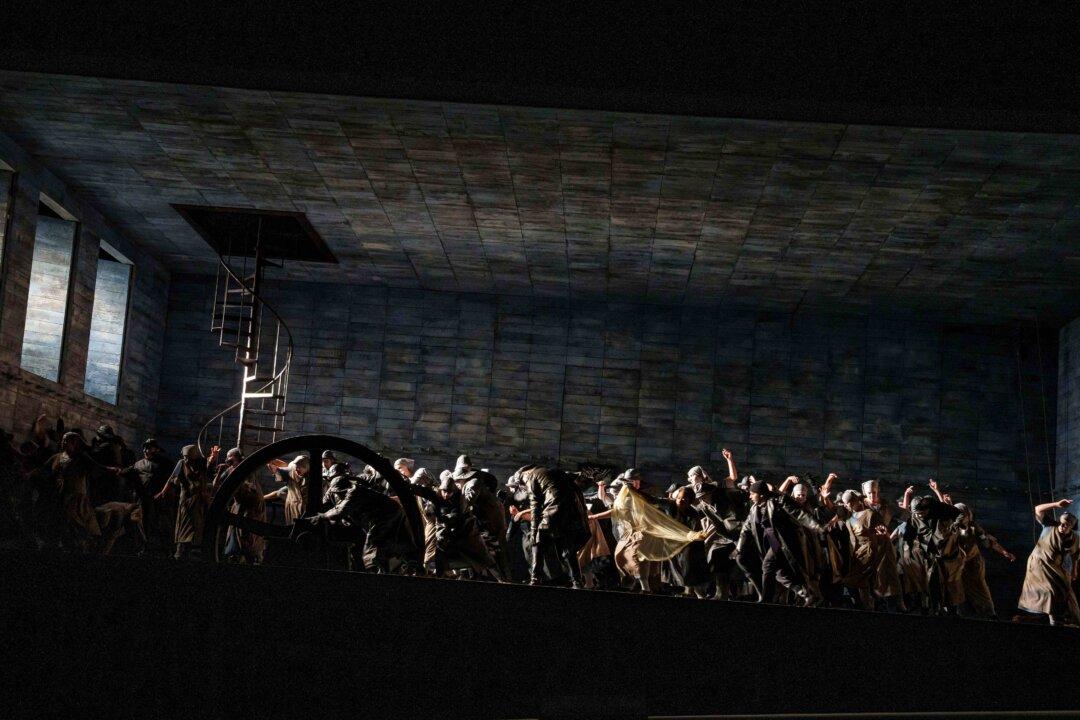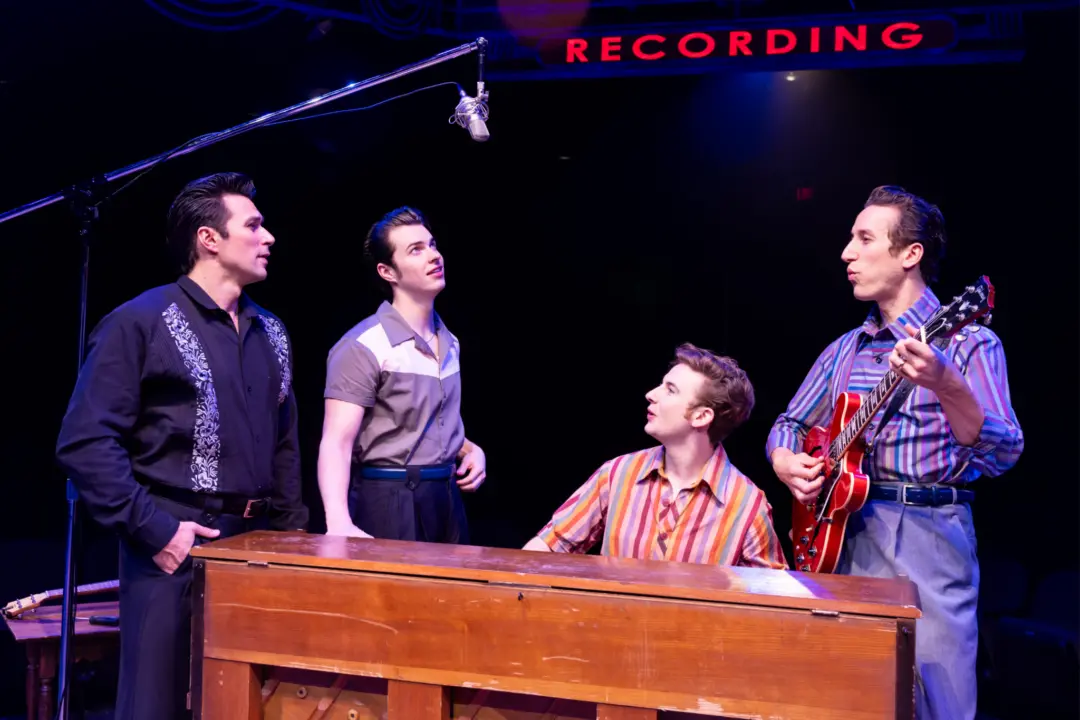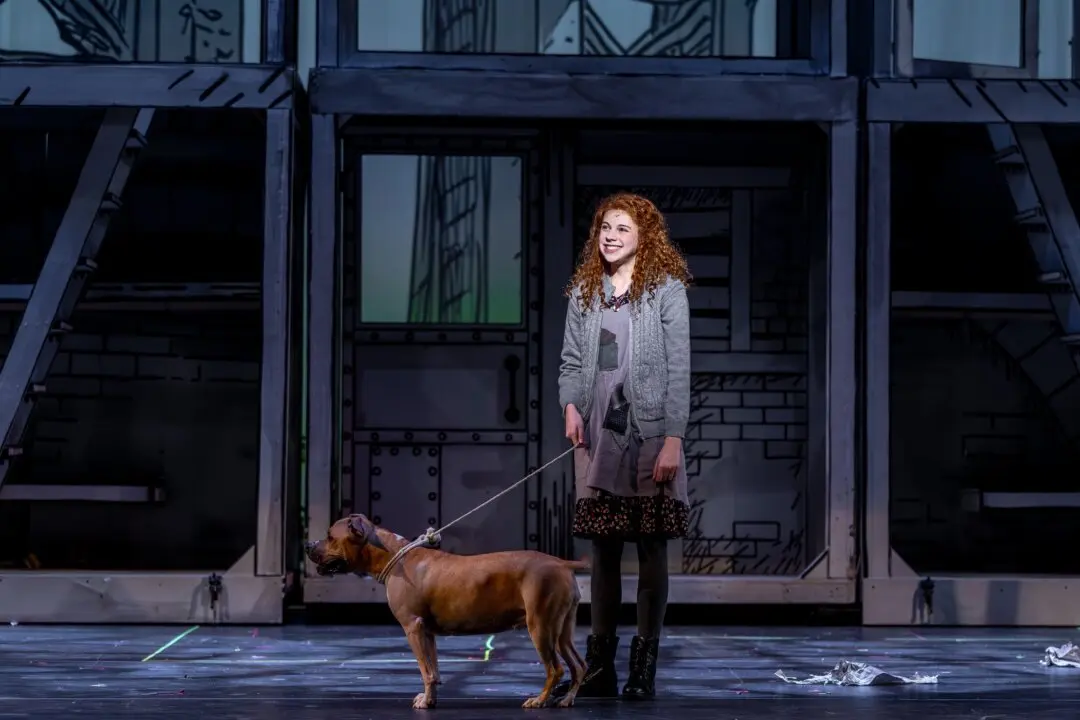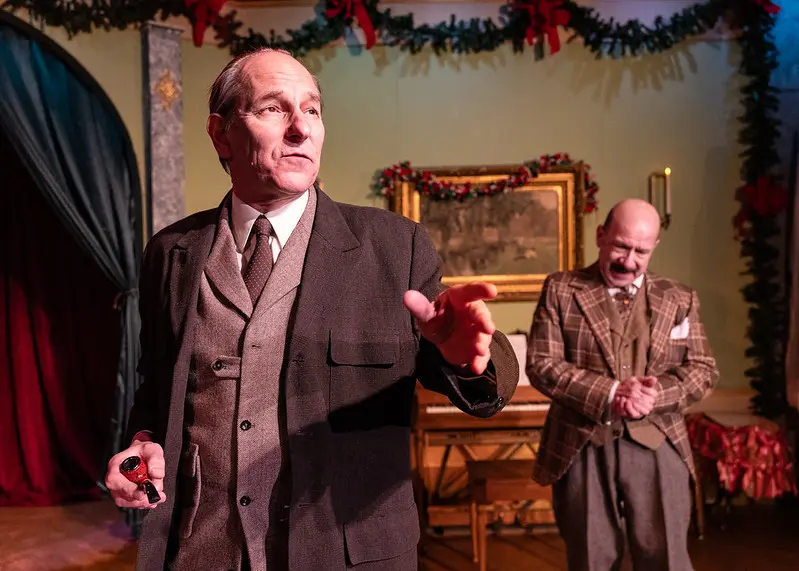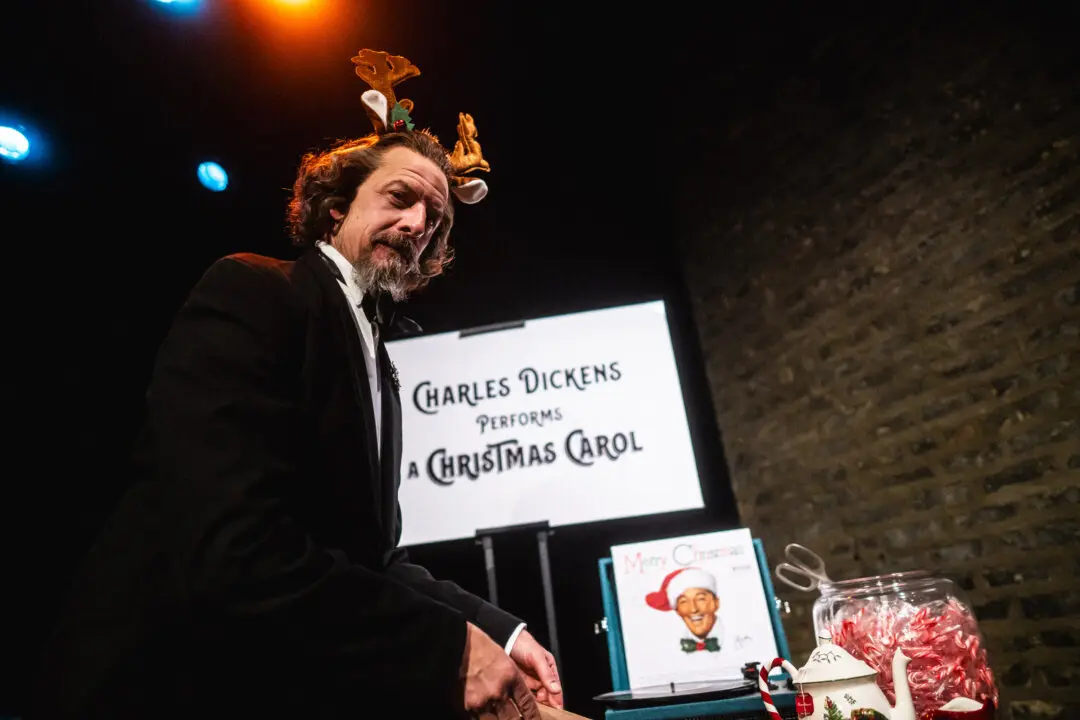In 1839, when Richard Wagner (1813-1883) was 26 years old, he found himself up to his neck in debt. He was a conductor at a theater company in Riga (which, at the time, was part of Russia), but he couldn’t come up with the money to pay his extravagant bills. He tried to escape from his creditors by boarding a ship bound for London and then Paris, which turned into a terrifying storm-tossed journey.
Once in Paris, his finances went from bad to worse. He couldn’t get a job as a conductor, and the Paris opera wasn’t interested in producing his recent work “Rienzi.” That’s when Wagner recalled his terrible voyage and used German writer Heinrich Heine’s novel, which included the story of the “The Flying Dutchman,” and came up with the idea of composing a one-act opera based on that mythical story.

